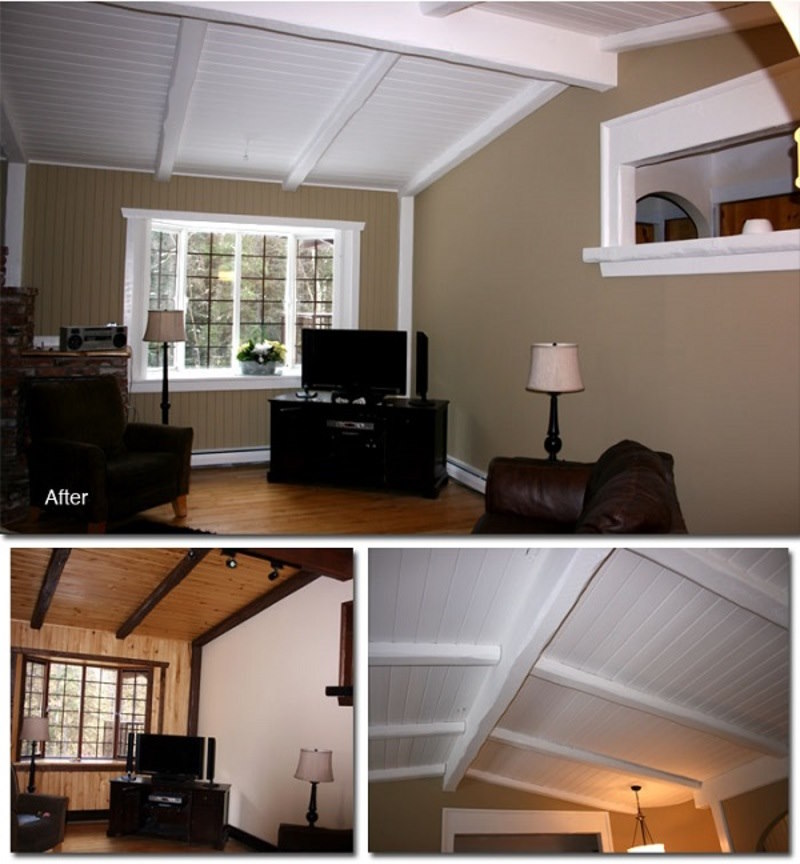Best Exterior Wood Stain
Are you looking for someone to apply stain to your wood siding, home or building?
Are you looking for someone to apply stain to your wood siding, home or building?
Are you living in dark, old and dreary rooms of wood? Dark wood baseboards, wood windows, wood trim, wood doors, wood casings, wood overhead beams etc is all you see. The look of dark wood is dating your home? Maybe you are thinking about buying a house that you love and are wondering if you can paint the wood?
